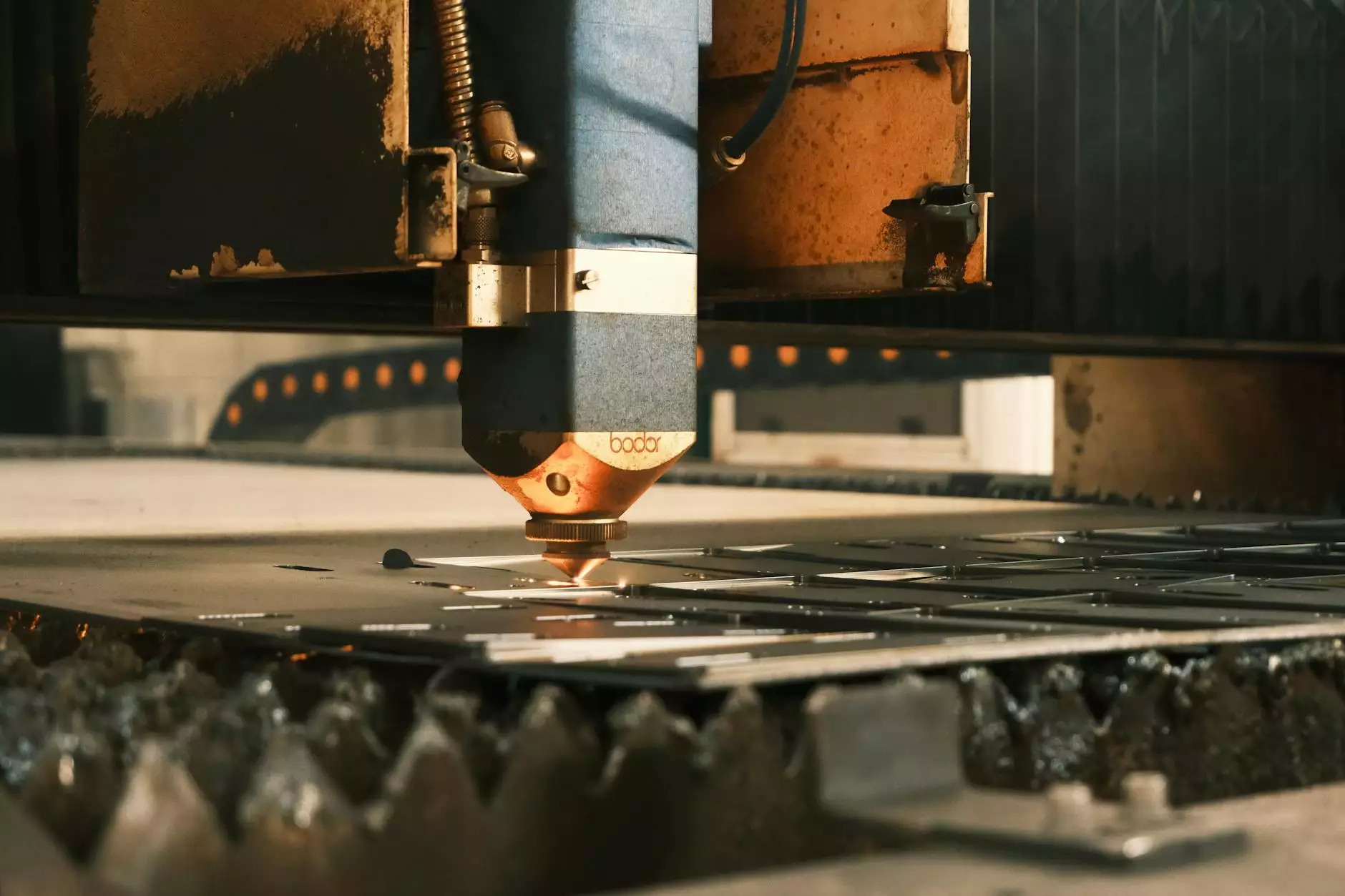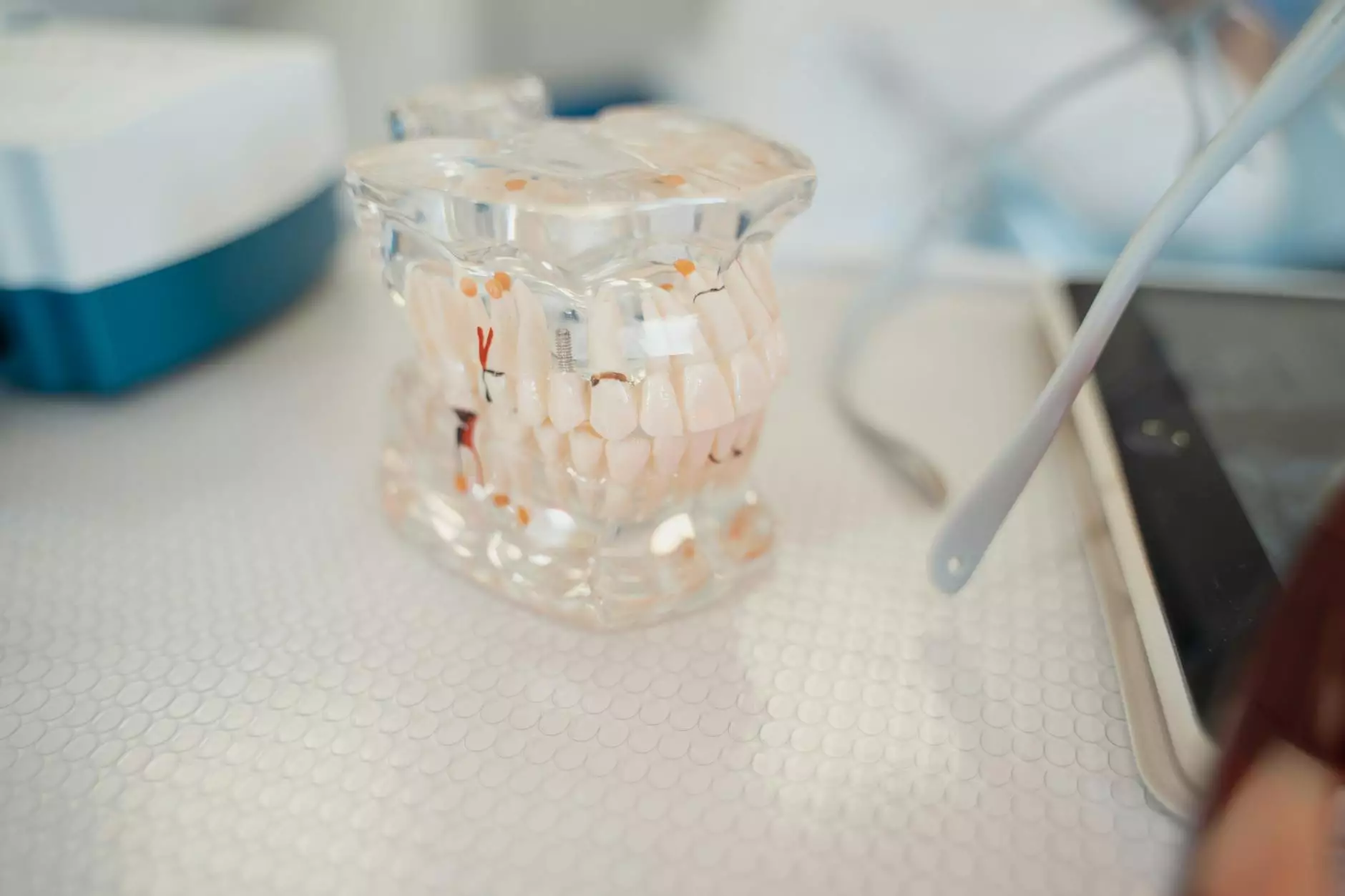The Definitive Guide to the Surgical Procedure for Fibroid Removal

Fibroids are benign tumors that develop in or on the uterus, impacting a significant number of women worldwide. While many women may remain asymptomatic, others experience discomfort, heavy menstrual bleeding, or complications that necessitate intervention. Understanding the surgical procedure for fibroid removal is crucial for those seeking relief. In this comprehensive guide, we will delve into the various aspects of fibroid removal procedures, what to expect, and how Dr. Seckin is committed to providing exceptional care.
What Are Uterine Fibroids?
Uterine fibroids, also known as leiomyomas or myomas, are non-cancerous growths of the uterus composed of smooth muscle and fibrous tissue. They can vary in size from as small as a pea to larger than a grapefruit, and they can occur as a single tumor or in clusters. Some of the most common symptoms associated with fibroids include:
- Heavy or prolonged menstrual periods
- Pelvic pain or pressure
- Frequent urination
- Difficulty emptying the bladder
- Constipation
- Backache or leg pains
Indications for Surgical Intervention
Surgical intervention is often considered when fibroids cause significant symptoms or complications. Key indications for a surgical procedure for fibroid removal include:
- Severe pain that interferes with daily activities
- Heavy bleeding leading to anemia
- Growth of fibroids during pregnancy that may impact the developing baby
- Increased urinary frequency or urgency
Types of Surgical Procedures for Fibroid Removal
There are several types of surgical procedures available for the removal of fibroids, each tailored to the size, type, and location of the fibroid. Here are the main approaches:
1. Myomectomy
Myomectomy is a surgical procedure specifically designed to remove fibroids while preserving the uterus. This option is ideal for women who wish to retain their uterus for future pregnancies. Myomectomy can be performed through different approaches:
- Abdominal Myomectomy: Involves a larger incision in the abdomen to access the uterus.
- Laparoscopic Myomectomy: A minimally invasive approach using small incisions and a camera, resulting in less recovery time.
- Hysteroscopic Myomectomy: This procedure is performed through the vagina and cervix using a hysteroscope to remove fibroids located within the uterine cavity.
2. Hysterectomy
A hysterectomy involves the complete removal of the uterus and is considered when fibroids are large or when there are other health complications. This procedure can be performed through:
- Abdominal Hysterectomy: A traditional open procedure involving a larger incision in the abdomen.
- Laparoscopic Hysterectomy: Similar to laparoscopic myomectomy, but the entire uterus is removed through small incisions.
- Vaginal Hysterectomy: The uterus is removed through the vagina without the need for abdominal incisions.
Preparation for Surgical Procedure for Fibroid Removal
Prior to undergoing a surgical procedure for fibroid removal, patients will undergo a thorough evaluation, which includes:
- Physical Examination: A comprehensive assessment to determine the size and location of fibroids.
- Ultrasound Imaging: Utilized to visualize fibroids and plan the surgical approach.
- Blood Tests: To check for anemia or other health concerns.
- Discussion of Medical History: Including any previous surgeries or health conditions.
The Surgical Procedure: What to Expect
On the day of the surgery, patients should arrive at the hospital or surgical center early to complete any necessary paperwork. Anesthesia options will be discussed, and patients will receive guidance on pre-operative instructions.
During the procedure:
- Monitoring: The medical team will closely monitor vital signs.
- Incision: An incision will be made according to the chosen surgical approach.
- Removal of Fibroids: The surgeon will carefully remove the fibroids while preserving surrounding tissues when possible.
- Suturing: The incision will be closed using sutures or staples, depending on the method used.
Postoperative Recovery
Recovery times may vary depending on the type of procedure performed:
- Myomectomy: Patients may return to normal activities within 4 to 6 weeks, although it may vary based on individual circumstances.
- Hysterectomy: Recovery may take longer, generally ranging from 6 to 8 weeks.
During recovery, it is vital to follow postoperative care instructions, including:
- Resting: Adequate rest is essential for recovery.
- Pain Management: Medications will be prescribed as needed.
- Follow-Up Appointments: Scheduled follow-ups to monitor healing and address concerns.
Benefits of Choosing Dr. Seckin
Dr. Seckin is renowned in the field of obstetrics and gynecology, especially in the treatment of fibroids. Choosing Dr. Seckin for your surgical procedure for fibroid removal ensures:
- Expertise: Dr. Seckin has extensive training and experience in treating fibroids.
- Personalized Care: Each patient's treatment plan is tailored to their unique needs and conditions.
- Advanced Techniques: Utilization of the latest minimally invasive surgical techniques for improved recovery.
- Comprehensive Support: From the initial consultation through recovery, Dr. Seckin’s team provides continuous support.
Conclusion
Understanding the surgical procedure for fibroid removal is the first step toward alleviating the symptoms that many women endure due to uterine fibroids. Whether you opt for myomectomy or hysterectomy, the goal is to enhance your quality of life. Dr. Seckin is dedicated to guiding you through this journey, providing expert advice and treatment tailored to your specific needs. If you are experiencing symptoms related to fibroids, schedule a consultation with Dr. Seckin to explore your options and begin your path to recovery.









